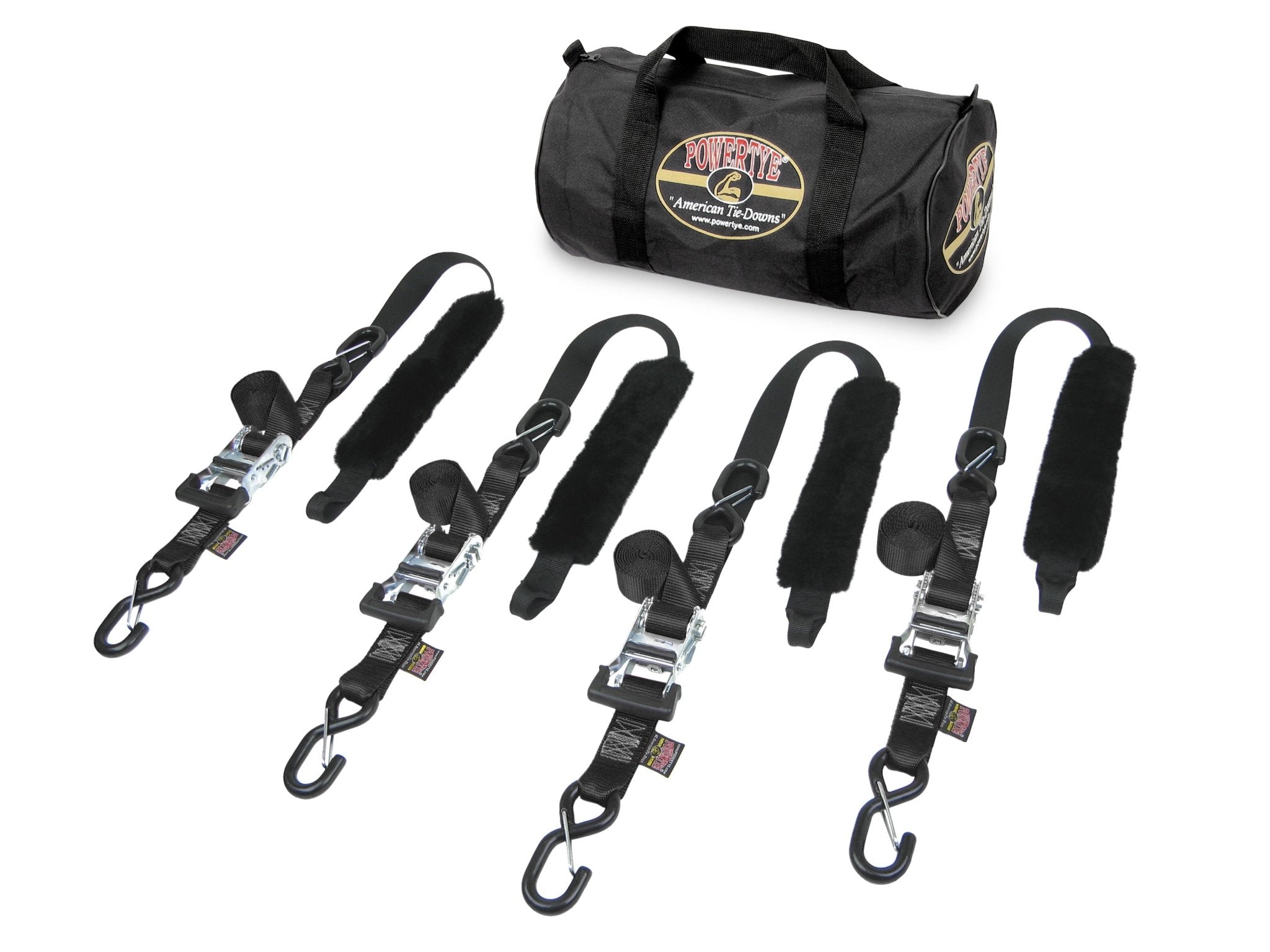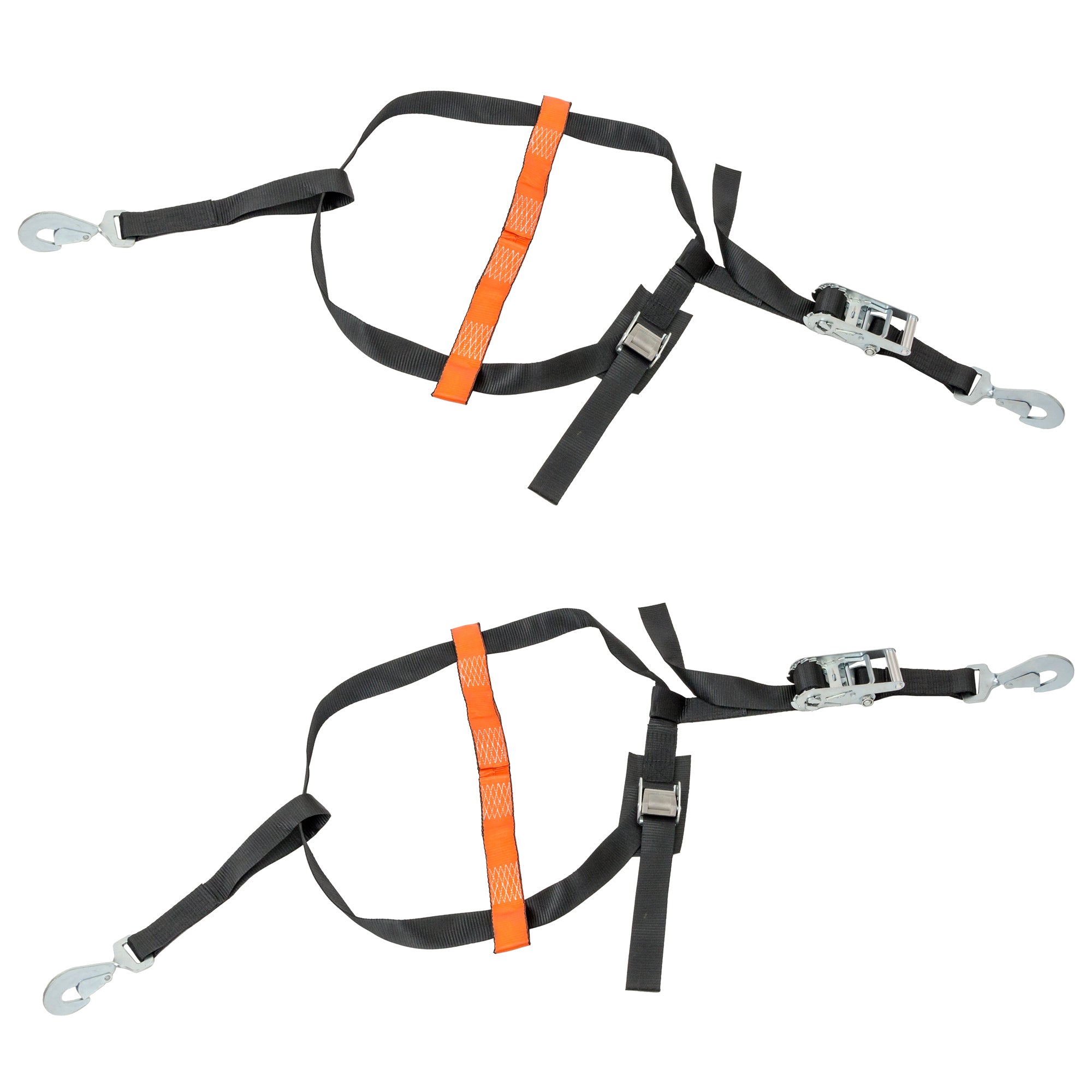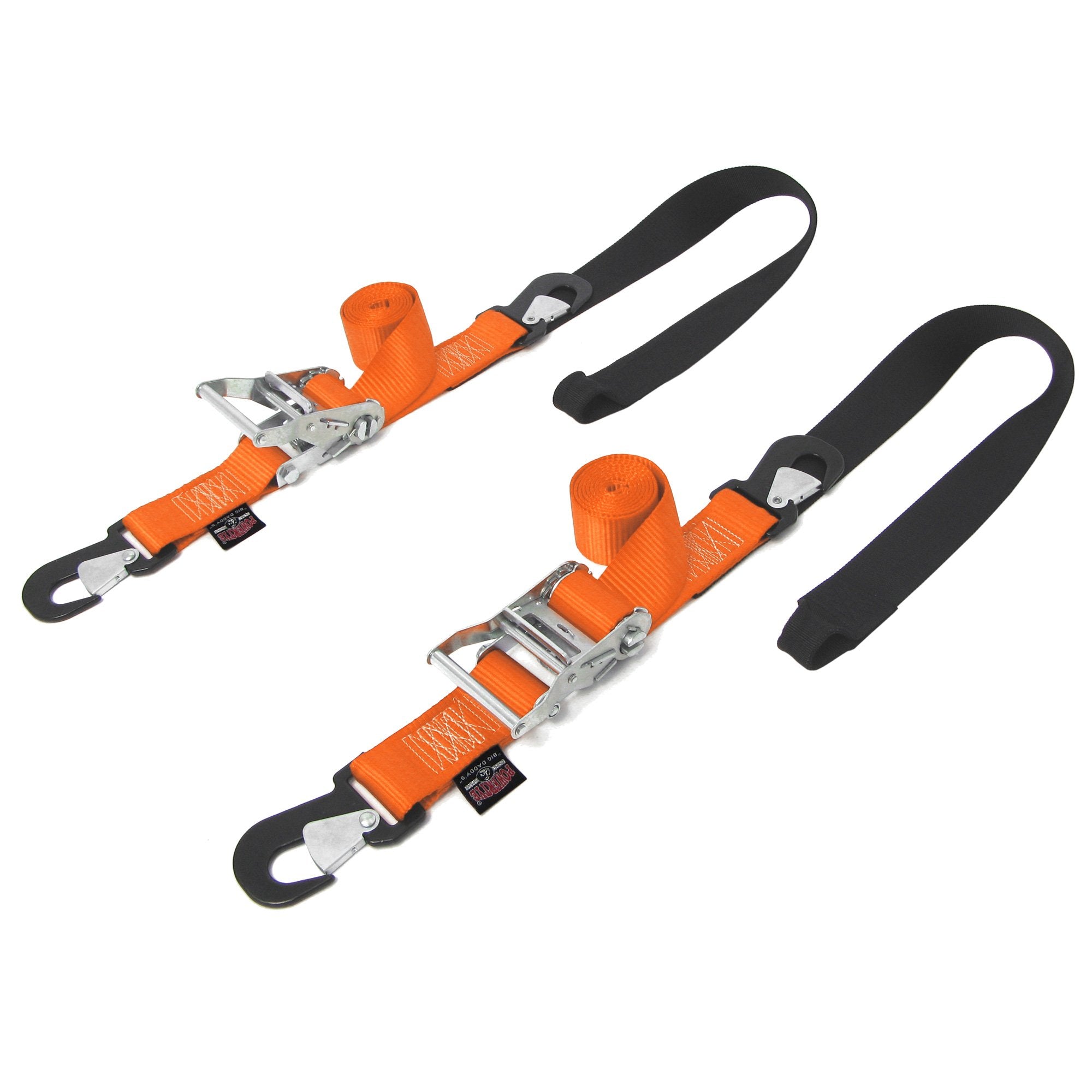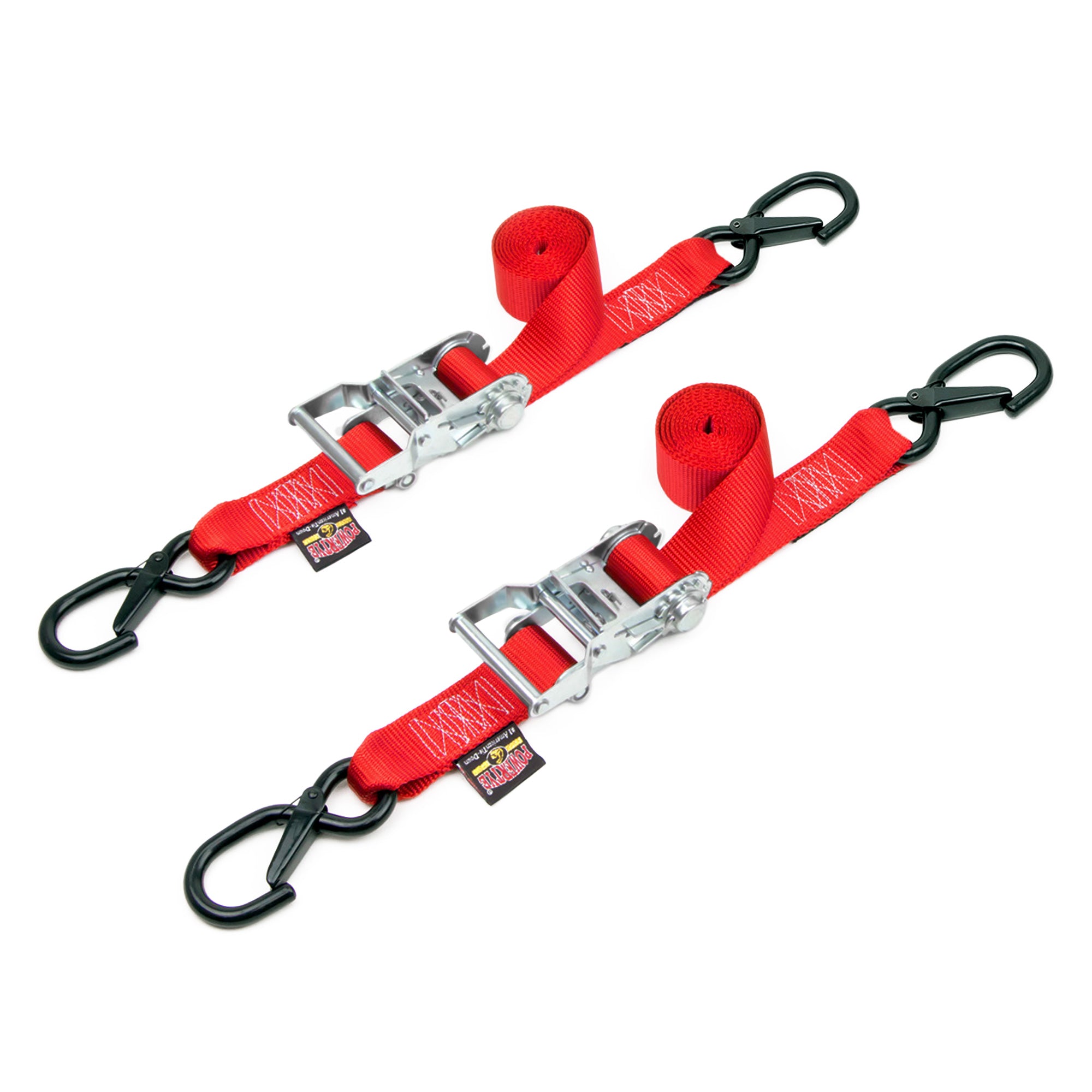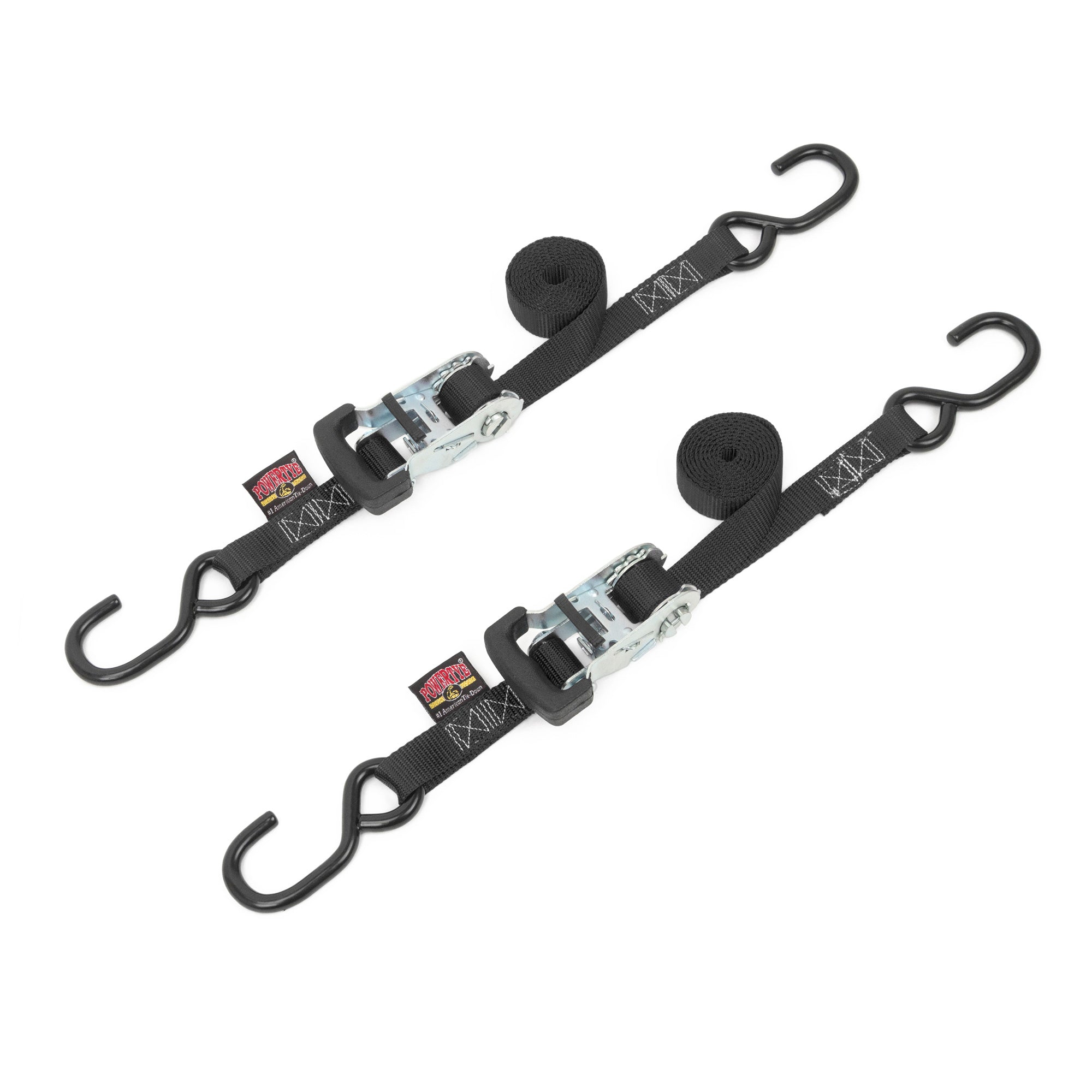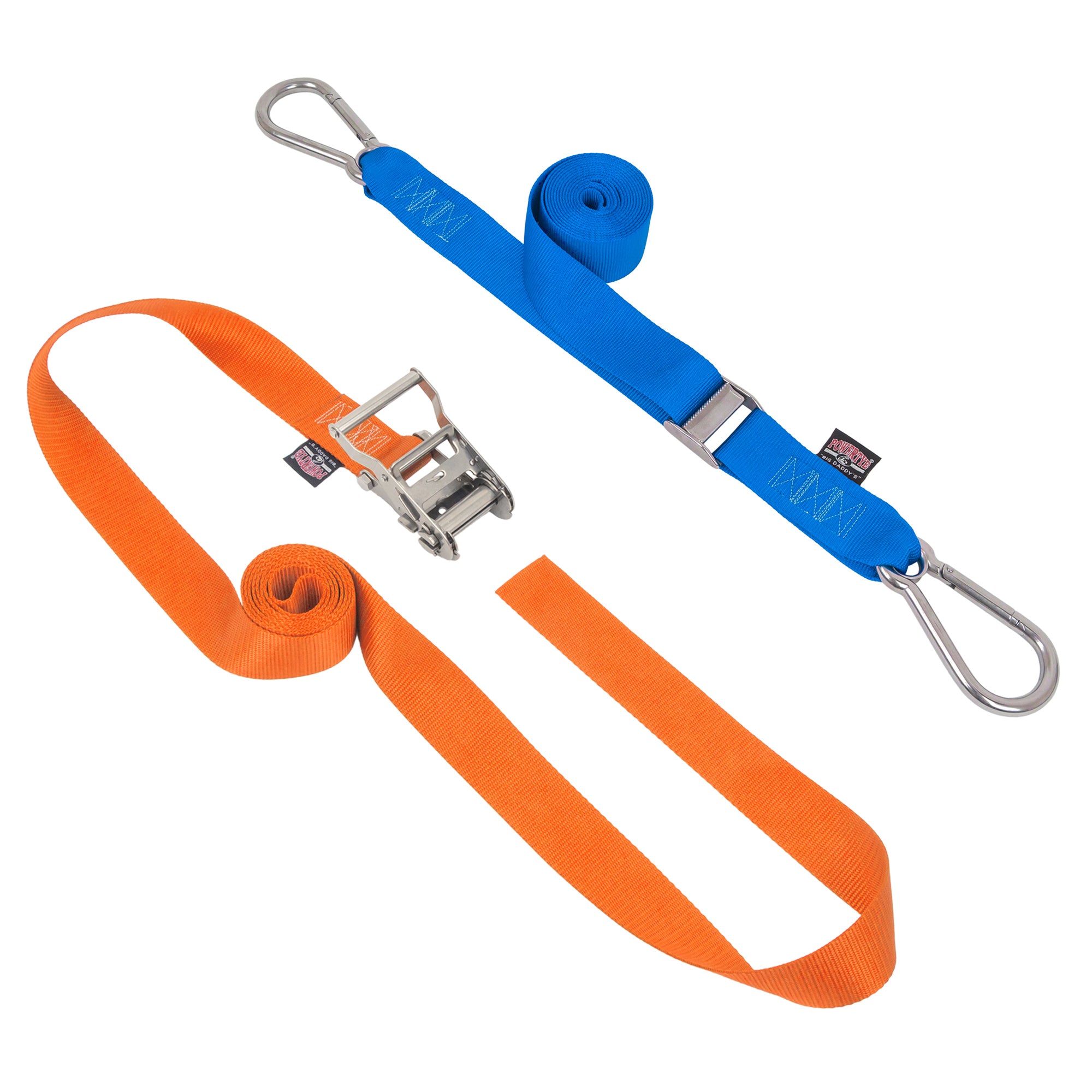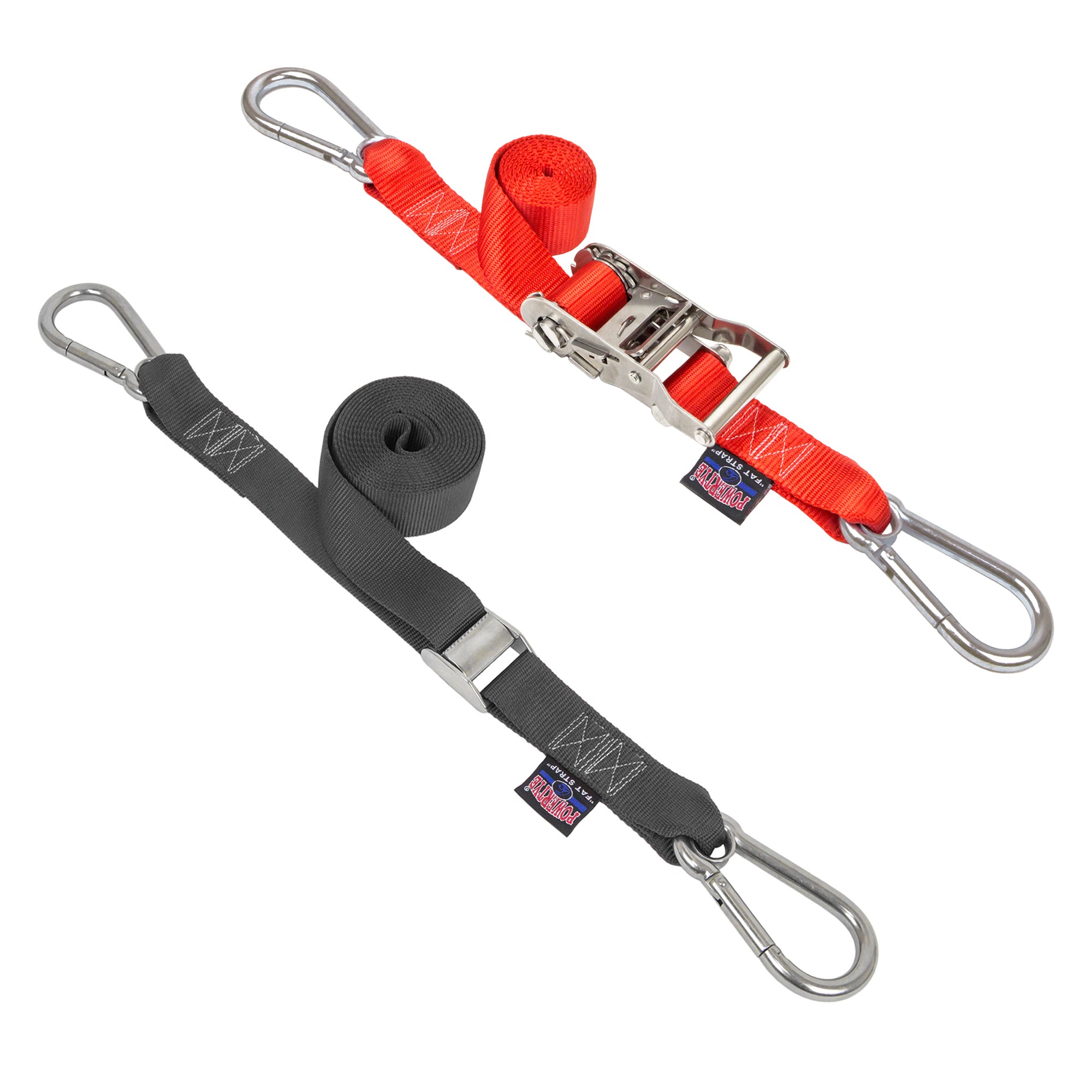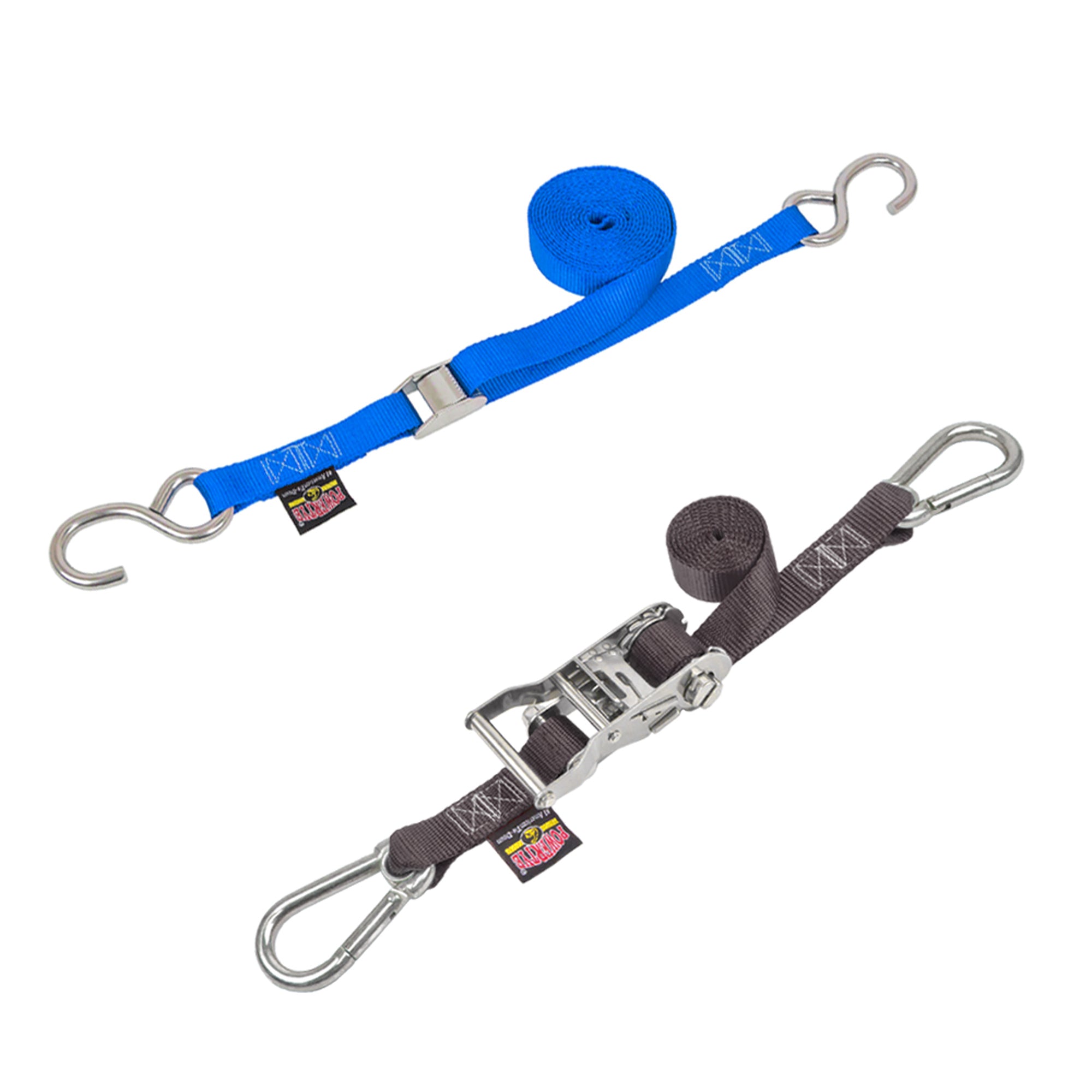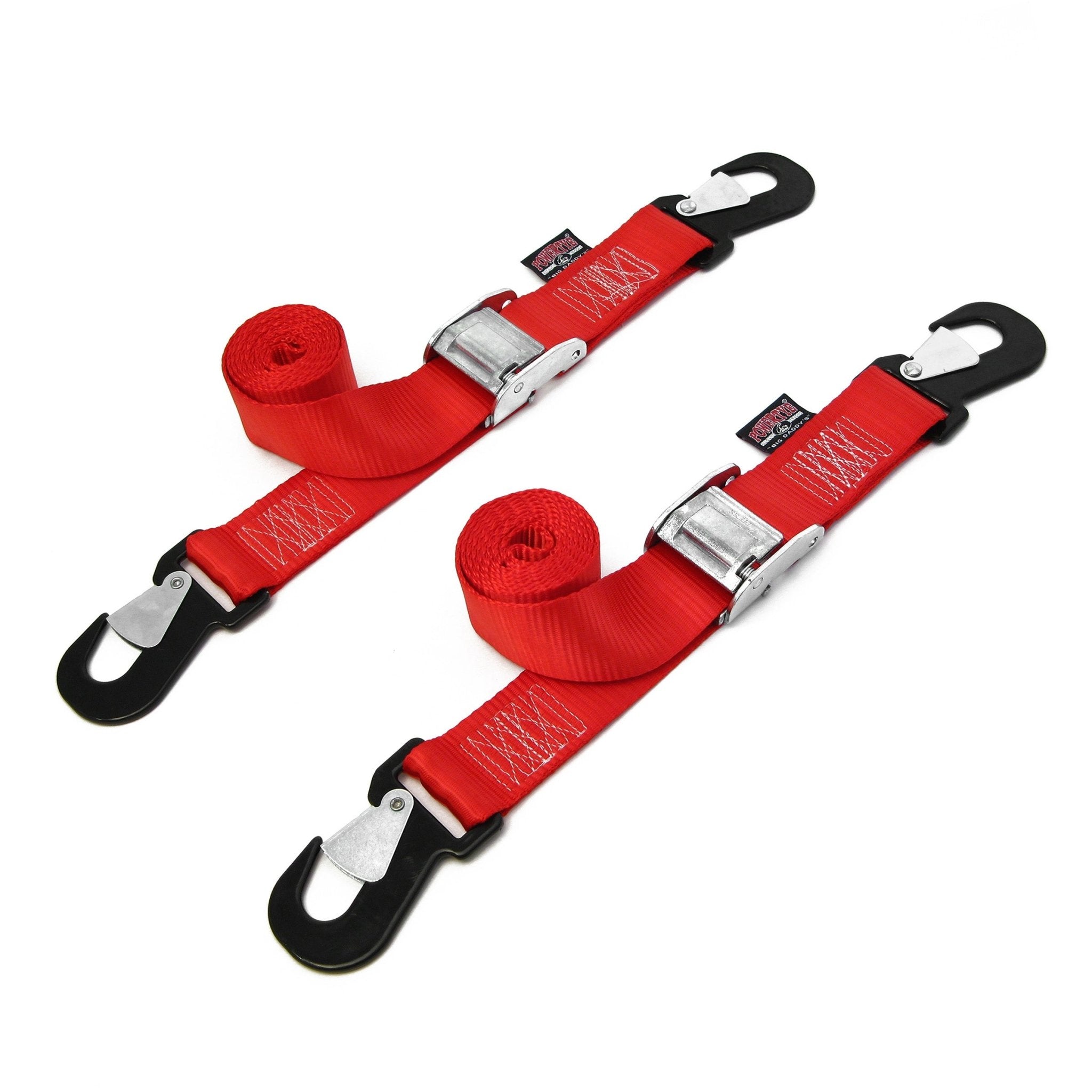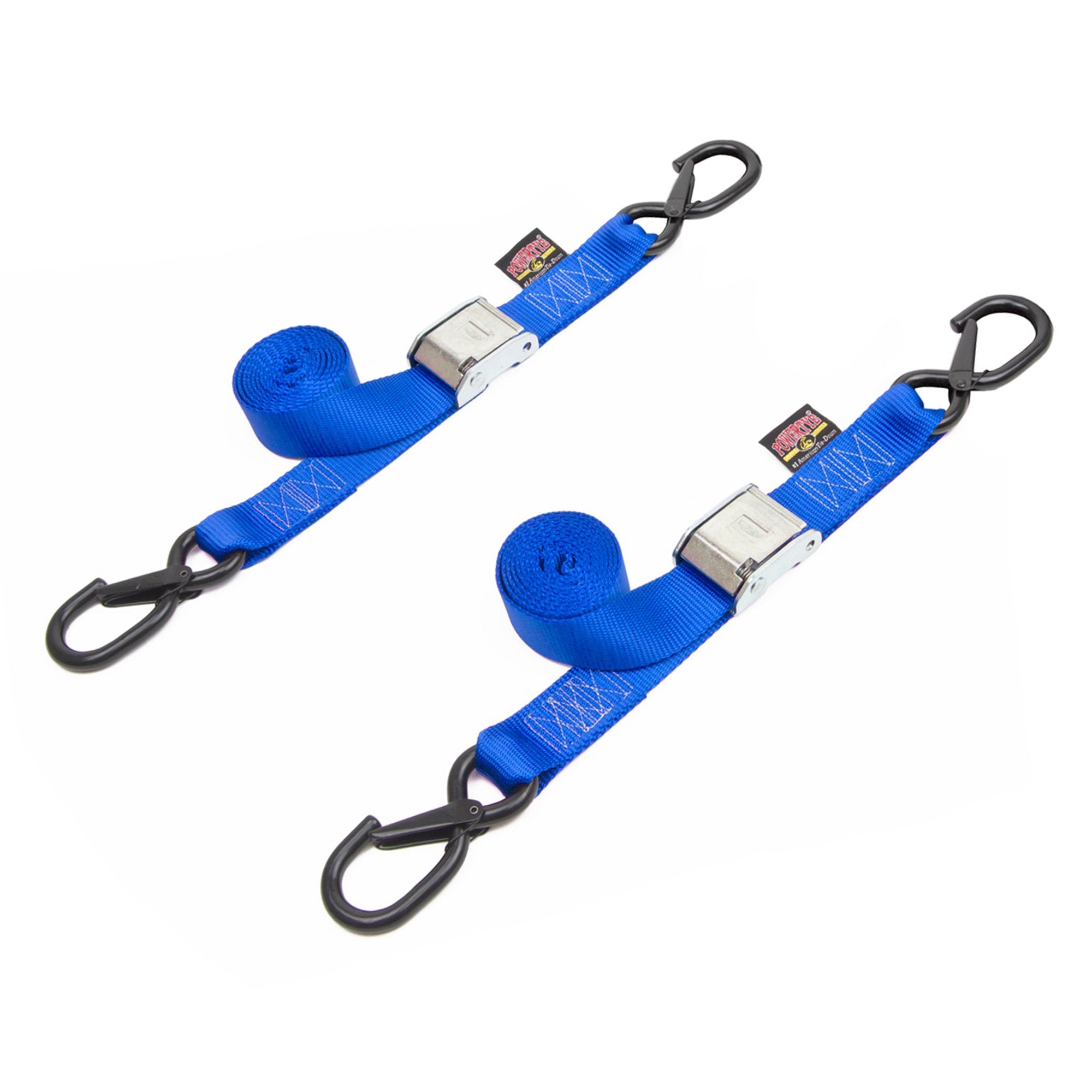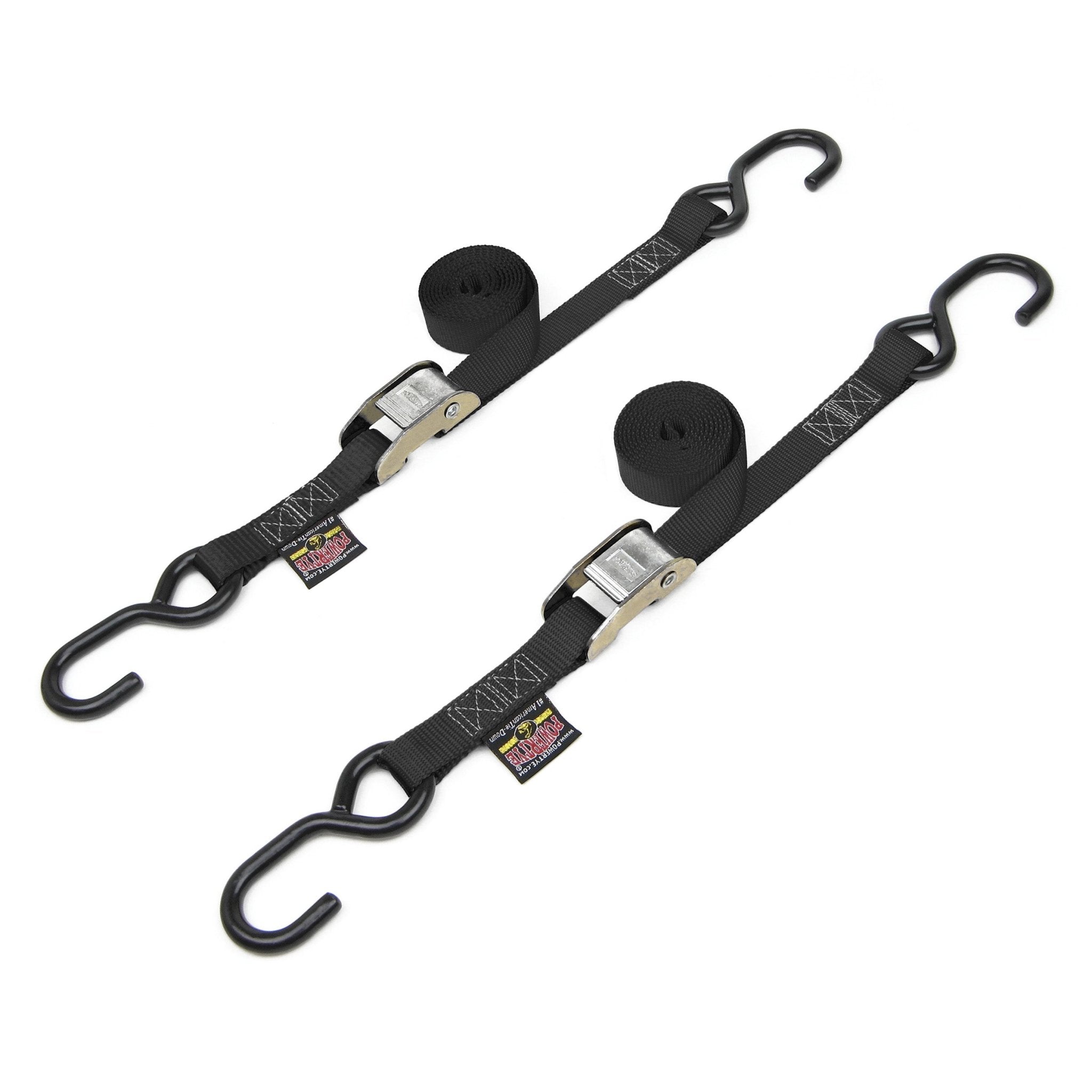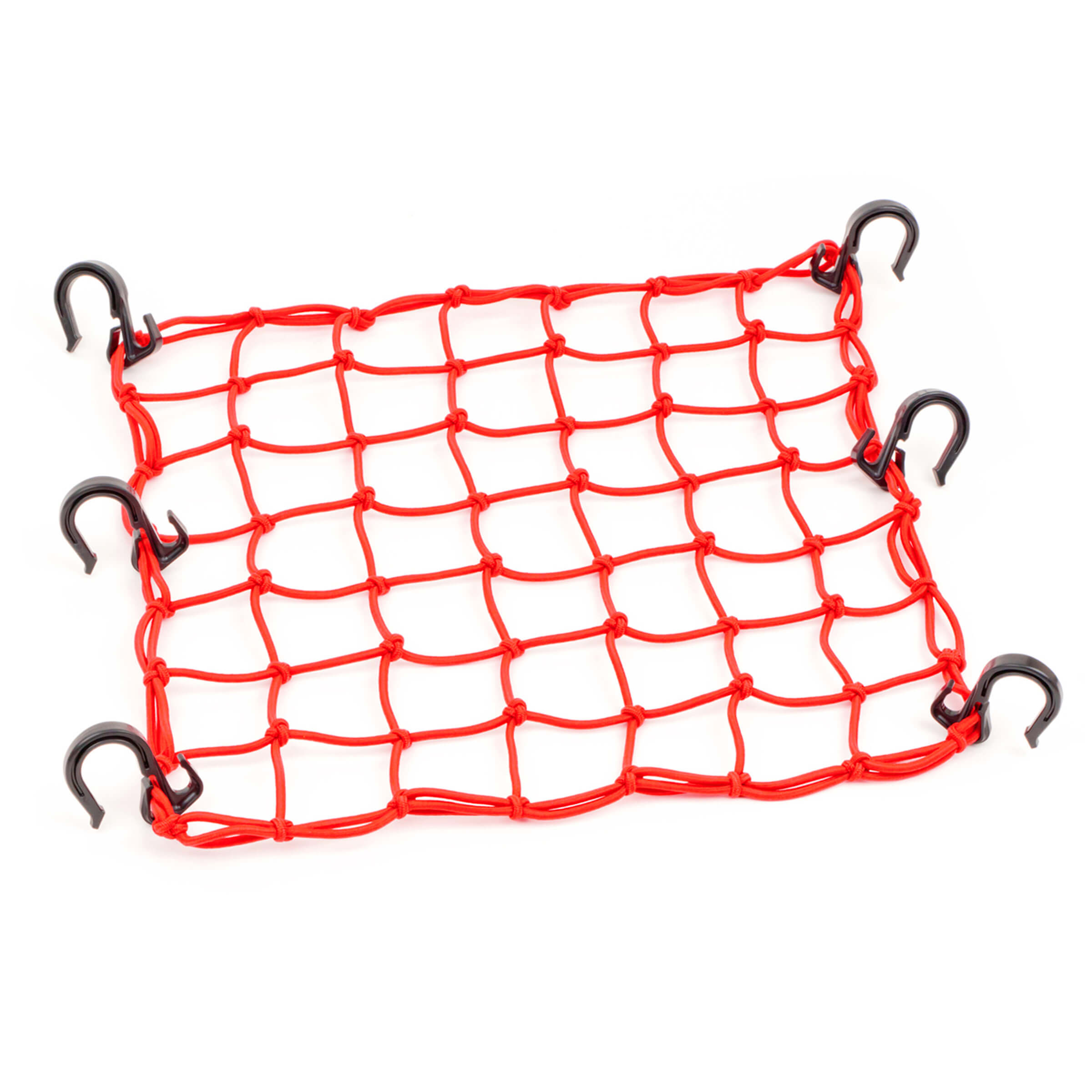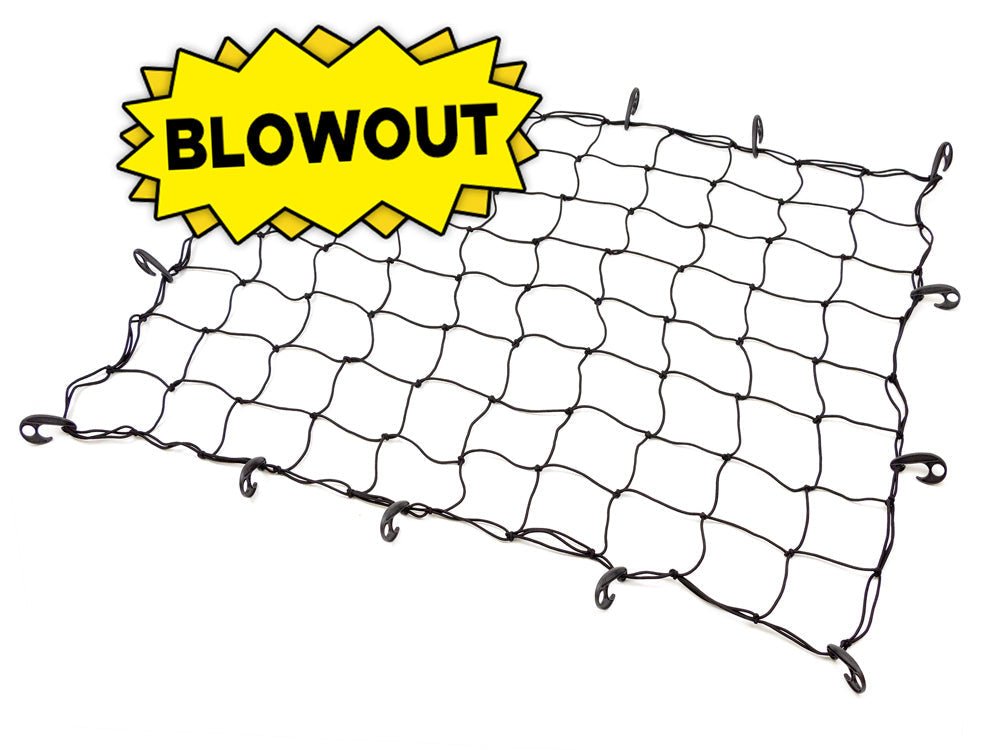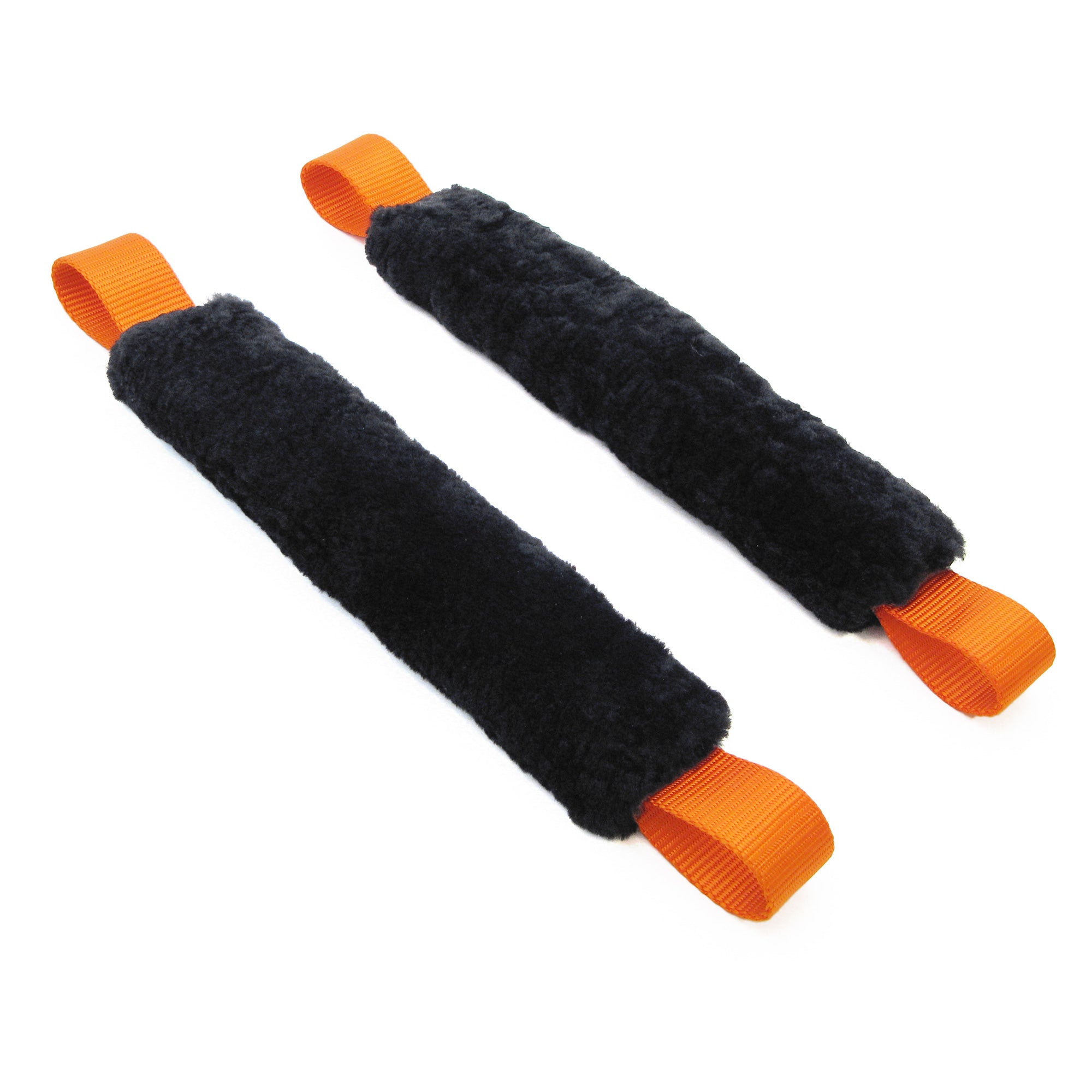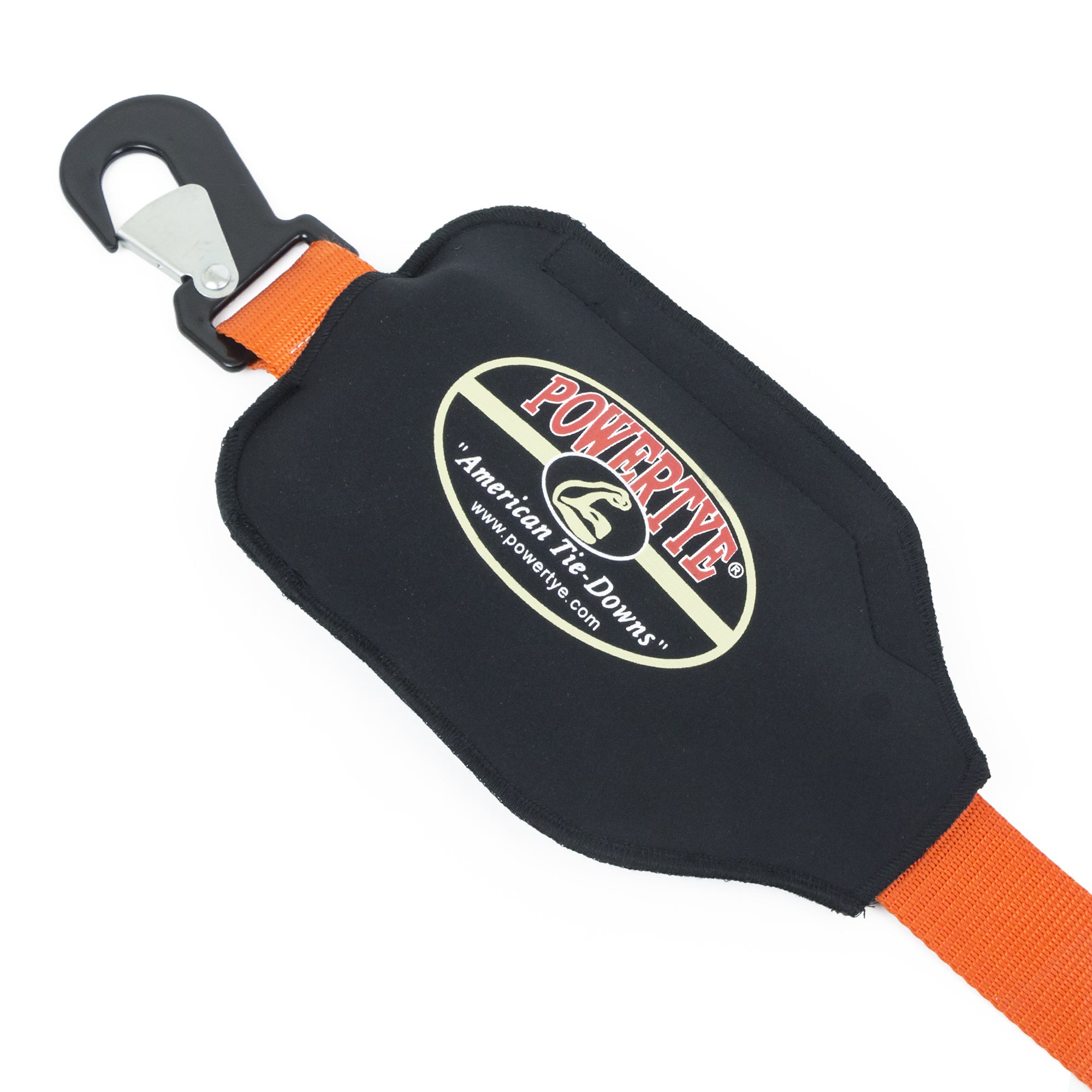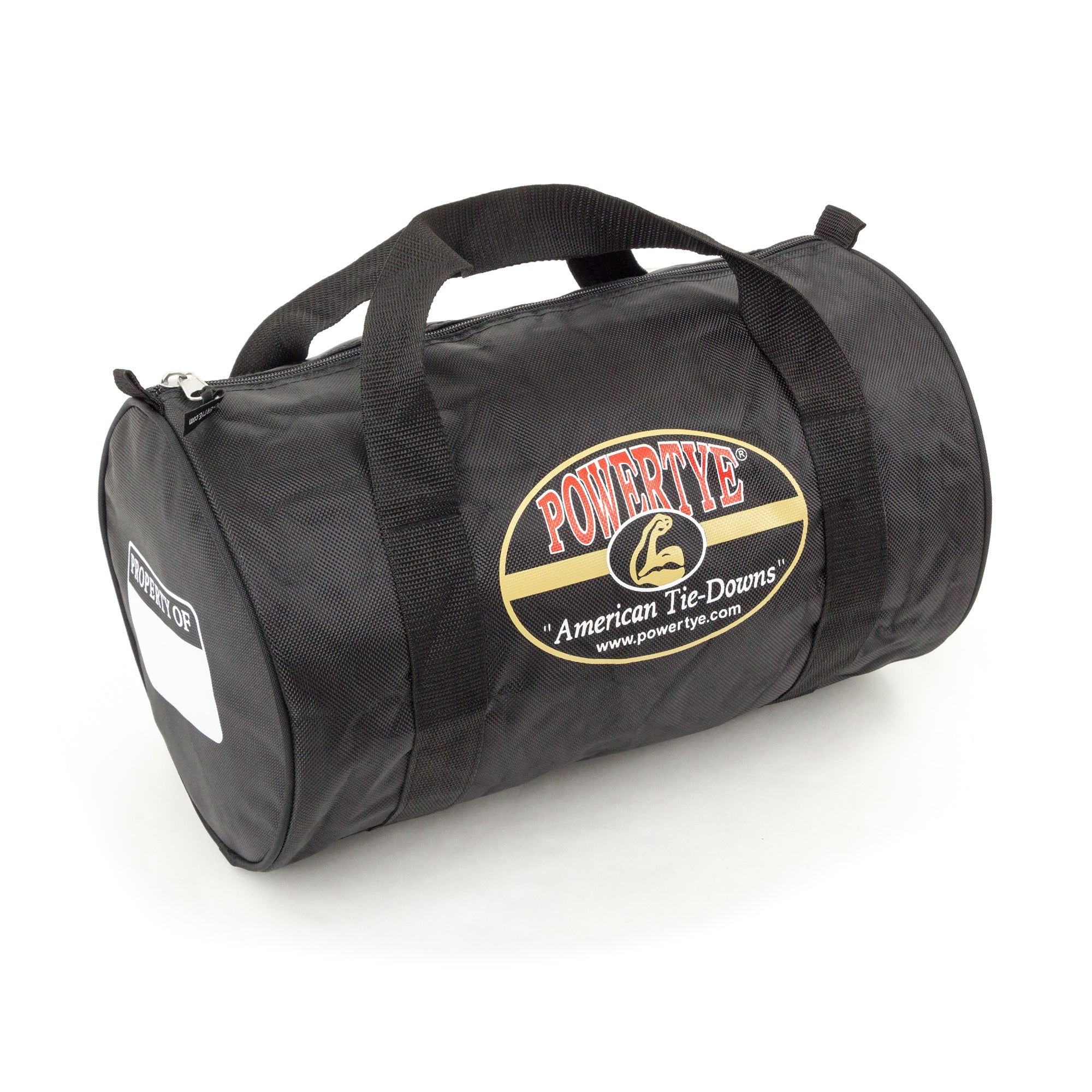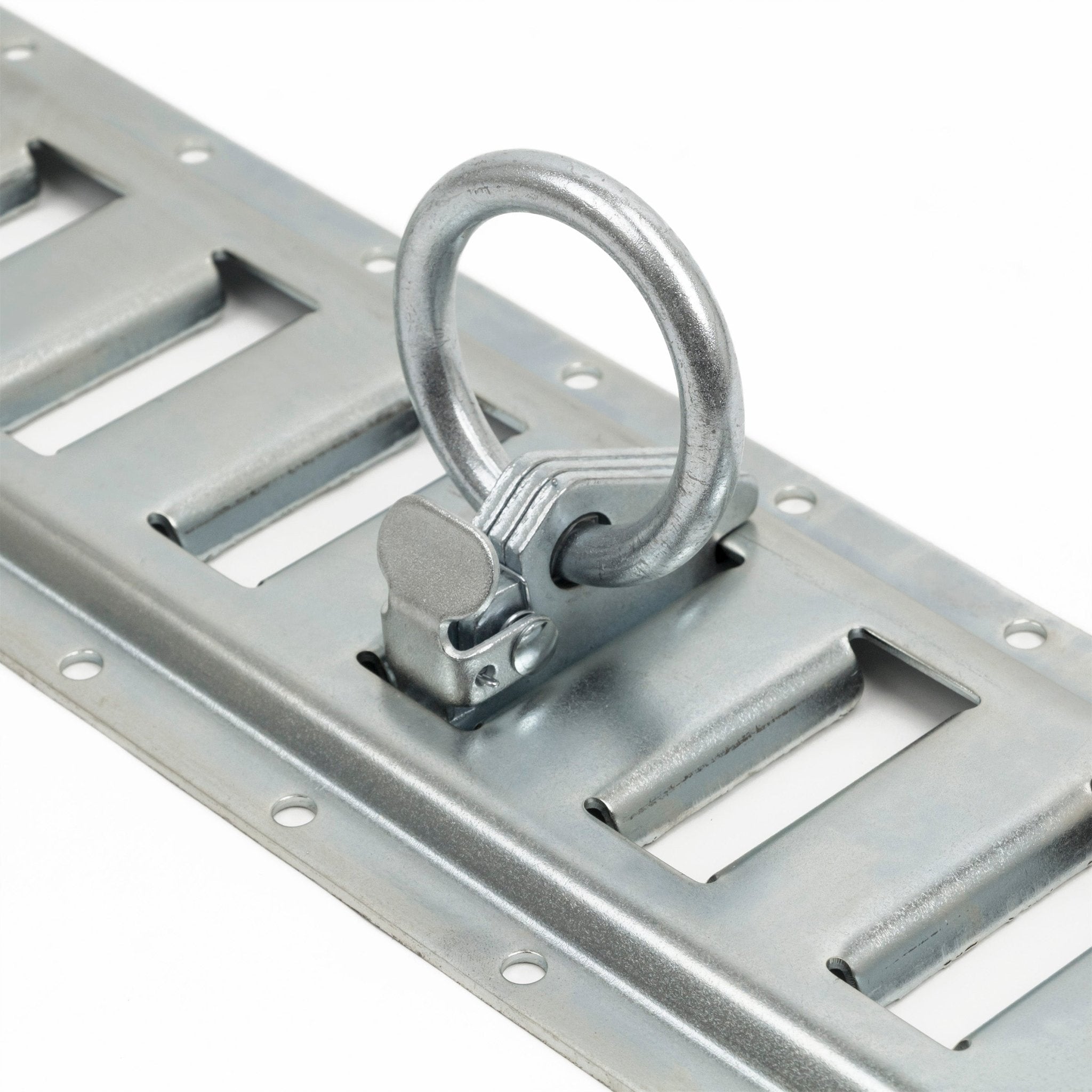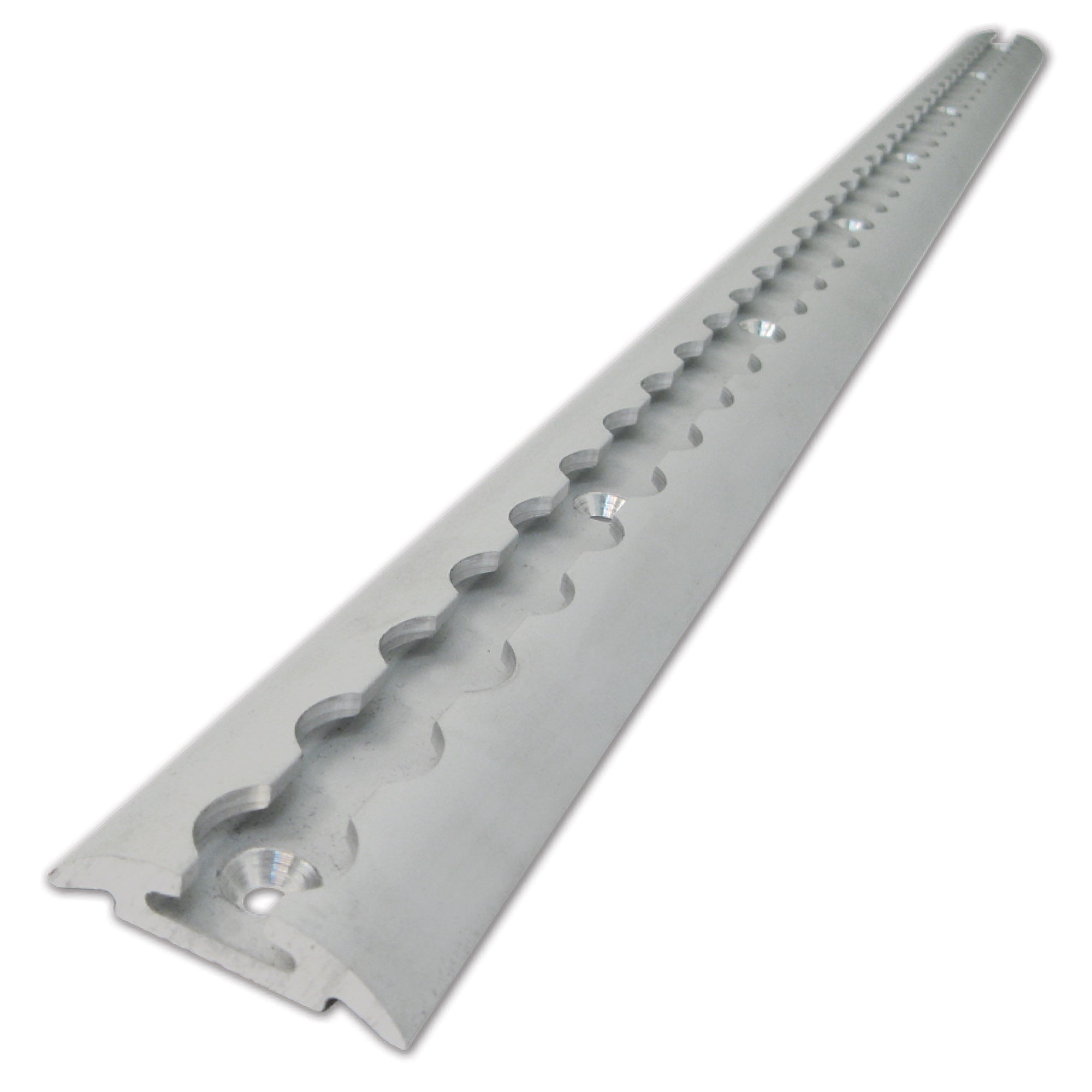Best Way to Strap Motorcycle to Trailer: A Complete Guide
Transporting a motorcycle safely requires more than just good intentions. If you’re loading your bike onto a trailer—whether for a track day, a long road trip, or routine maintenance—knowing the best way to strap a motorcycle to a trailer is essential. It’s not just about preventing damage to your bike, but also protecting your investment, your trailer, and everyone else on the road.
In this guide, we’ll break down the step-by-step process for strapping down your motorcycle the right way, what gear you need, and why investing in the right tie-down system matters more than you might think.
Why Motorcycle Tie-Downs Are So Critical
Your motorcycle isn’t just a mode of transportation—it’s a machine you rely on, care for, and customize to match your style. The last thing you want is to see it tip, shift, or suffer from poor tie-down technique.
Risks of Improper Motorcycle Tie-Down:
- Suspension damage from over-compression
- Scratched paint or plastics
- Shifting during transit
- Total bike loss in a worst-case scenario
When transporting your bike, safety and security come first. The good news? With the best way to strap motorcycle to trailer, you can load up with confidence.
Must-Have Gear for Trailer Tie-Downs
Before you even roll the bike into position, here’s what you’ll want to have ready:
✔️ Ratchet Straps or Cam Buckle Tie-Downs
Ratchet straps are perfect for a solid, tensioned hold. Cam buckles work well for lightweight motorcycles or short trips. Choose straps with:
- A working load of 500+ lbs
- Soft-Tye extensions to protect paint and cables
- Latch hooks or S-hooks for secure trailer connections
✔️ Wheel Chock (Highly Recommended)
A front wheel chock locks your front tire in place and helps prevent tipping or shifting. Some riders even use removable chocks for garage storage and transport versatility.
✔️ Anchor Points
Make sure your trailer is equipped with properly mounted D-rings, E-track, or anchor plates that can handle the tension of a fully strapped-down motorcycle.

Step-by-Step: Best Way to Strap Motorcycle to Trailer
Whether you’re using an open trailer or enclosed hauler, the basic process stays the same. Here’s how to do it right:
1. Load the Motorcycle Upright
Use a ramp and have someone assist if possible. Roll the bike up into the trailer slowly and carefully. Center the bike and ensure it’s sitting upright. Use the kickstand only temporarily during loading—your final tiedown should be with the bike completely vertical.
2. Set the Wheel in the Chock (If Available)
If you have a front wheel chock, roll the tire into place and let the chock hold the bike stable while you work. This adds an extra layer of security before you strap down.
3. Attach Soft-Tyes to the Handlebars or Triple Clamp
Wrap a soft-tye around each side of the handlebar, or better yet, around the lower triple tree. This helps avoid putting tension on controls or cables. Then, hook the ends of your ratchet or cam buckle straps to the soft-tyes.
4. Secure the Straps to the Front Anchor Points
Attach the other end of each strap to D-rings or tie-down points in front of the bike. Pull the straps down and forward at about a 45-degree angle. This gives the best leverage to hold the bike upright.
5. Tighten Each Side Evenly
With ratchet straps, go slowly and alternate sides. You want the front suspension to compress slightly, but not bottom out. This compression adds stability but protects your forks from stress.
With cam buckles, pull as tight as you can by hand and double-check for even tension.
6. Optional: Add Rear Straps
For longer hauls, or just peace of mind, add a set of straps to the rear of the bike. Loop them around the passenger peg mounts, swingarm, or subframe. Attach them to rear tie-down points angled backward and down.
Rear straps help eliminate lateral sway during turns and braking.
7. Check All Connection Points
Ensure hooks are fully engaged, soft-tyes aren’t rubbing any controls, and straps are tight and evenly loaded.
Do a final shake test. The bike should not move side to side or bounce vertically.
Pro Tips for Flawless Motorcycle Tie-Down
- Don’t strap to grips or controls. They aren’t made to handle load tension.
- Avoid over-compressing suspension. Use a fork saver or block if needed.
- Use Soft-Tyes to avoid scuffing painted surfaces or tangled cables.
- Secure loose ends of the straps so they don’t flap in the wind.
- Recheck straps after 10–20 miles on the road—especially during longer trips.
Best PowerTye Straps for Motorcycle Transport
PowerTye offers a range of premium, American-made tie-downs designed specifically for riders. Here are some top picks for securing your bike to a trailer:
1.5in Deluxe Soft-Tye Ratchet Straps
- Built-in Soft-Tye loop to protect bars and finish
- Swivel Latch Hooks stay put on the road
- Industrial-grade ratchet with ergonomic handle
2in Retractor Ratchet System
- Ideal for bigger cruisers or dual sports
- Built-in retracting mechanism makes storage easy
- Includes mounting bolts or carabiner hooks
Stainless Steel Ratchets
- Corrosion-resistant and built for rugged environments
- Great for enclosed trailers, coastal riders, or winter trips
PowerTye straps are engineered for serious riders who expect durability, ease of use, and real peace of mind on the highway.

FAQs: Strapping Your Motorcycle Safely
Q: How many straps should I use to tie down my motorcycle?
A: At minimum, use two front straps. For longer trips or added security, include two rear straps as well.
Q: Is it okay to use the kickstand while tied down?
A: No. Always tie the motorcycle down in an upright position with the kickstand up. Relying on the kickstand adds instability and can damage your bike or trailer.
Q: Should I tie to the handlebars or the frame?
A: If you’re using Soft-Tyes, handlebars or lower triple clamp areas work great. Avoid putting direct strain on grips or brake levers.
What to Avoid When Strapping Down a Motorcycle
Even experienced riders can make mistakes. Here are a few to avoid:
- Skipping Soft-Tyes and letting metal hooks dig into your bike
- Pulling too hard and bottoming out the forks
- Ignoring rear straps on long hauls
- Tying to plastic parts like fenders or fairings
- Using worn-out or frayed tie-downs
When in doubt, spend the extra minute checking tension and alignment. It’s worth it every time.
Final Thoughts: Secure Your Ride Like a Pro
Mastering the best way to strap motorcycle to trailer isn’t just about technique—it’s about consistency. The more trips you take, the more second nature it becomes.
By using high-quality tie-downs like those from PowerTye, positioning your bike properly, and following a proven method, you’ll enjoy total peace of mind every time you hit the road.
Because your bike deserves better than bungees. It deserves the best.



